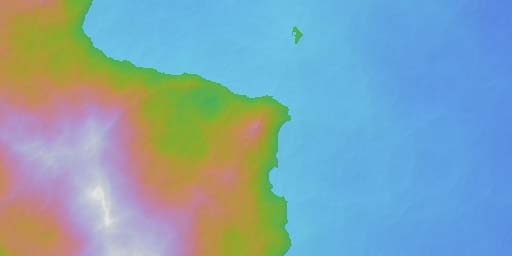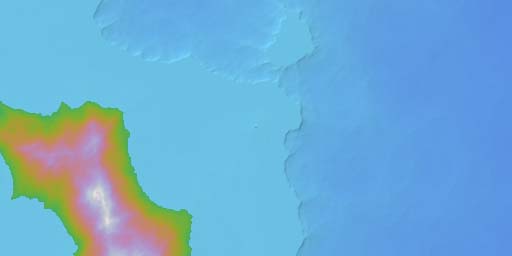
Making Continental Shelves
Continental Shelves have been a long-standing problem in Wilbur. From almost the first time that I mentioned using an exponential operator for continental shelves, people have wanted to know why their continental shelves don't seem to work properly as they zoom in. The answer is pretty simple, really: there was no global altitude control as would be required to have a truly global set of shelves. That problem has been rectified in version 1.25d.
We'll step through the whole operation of creating a world and keeping continental shelves through varying zooms.
We'll use this world (Surface->Calculate Height Field):

With the scaling parameters (Scaling button on the Surface Calculation Options dialog) set like so:

We generate the rough world and look at the histogram (Surface->Histogram). This histogram is important, because we'll be using the min, max, and a sea level of about 70% for our lighting. The histogram for this world is:

We see that the min value is about 842, the max is about 1935, and 70% of the surface is about at 1600.
Setting the lighting to use these parameters (shown below; note the Abs Min and Sea Level)

gives a world map much like

Not too exciting, but more or less what we want. Applying the new exponent (Surface->Point Process->Exponent) with parameters like those below gives the following world:

Note how the min, max, and sea level values we noted for our world all are used in this dialog.
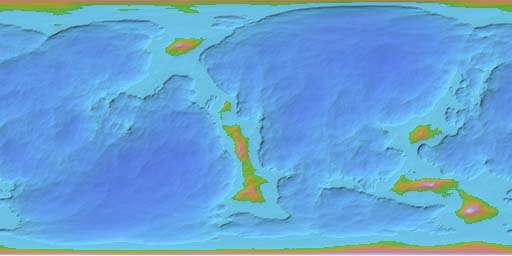
That's more like it.
To ensure that these shelves hold constant through zooming, we'll do a little zoom, showing results with and without simulated continental shelves:
Level 1:


Level 2:

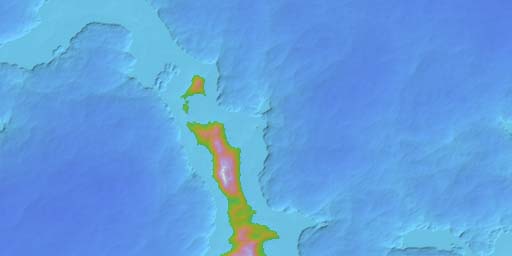
Level 3:
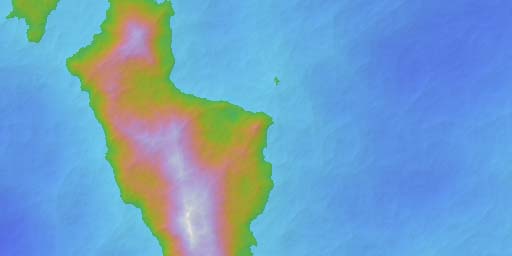
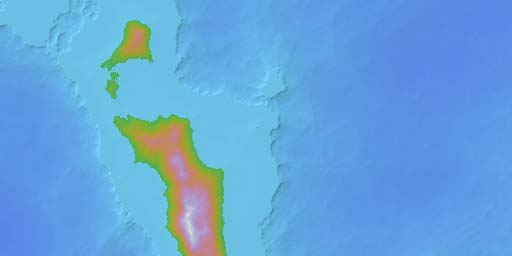
Level 4:
